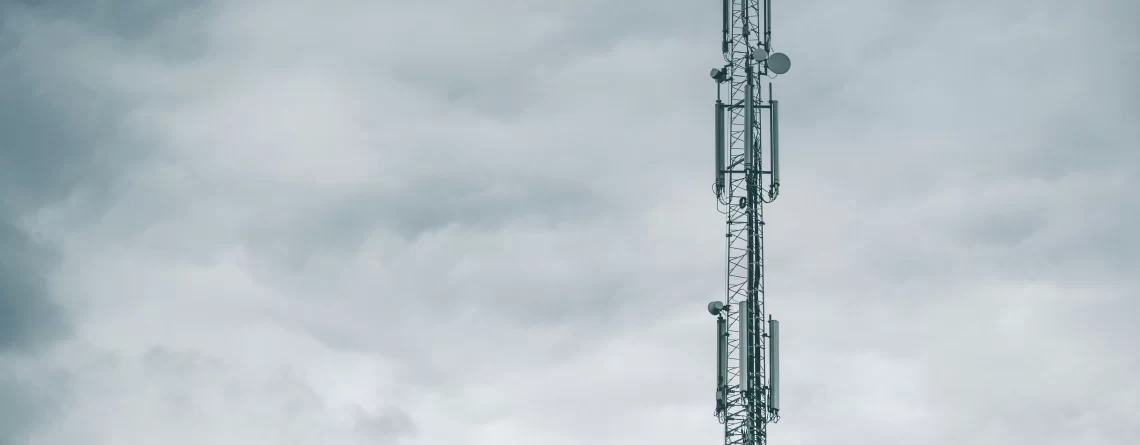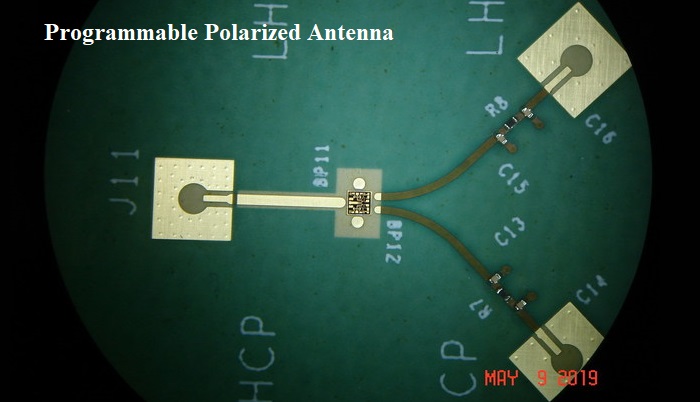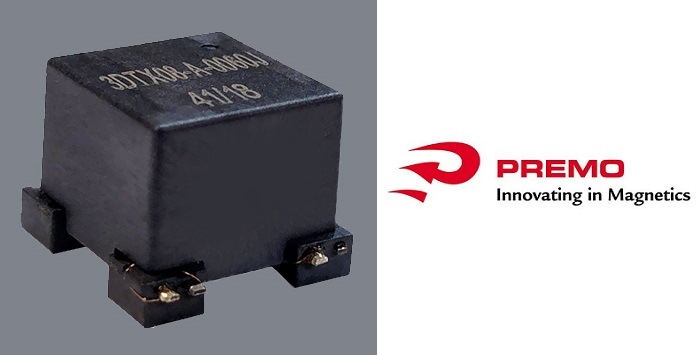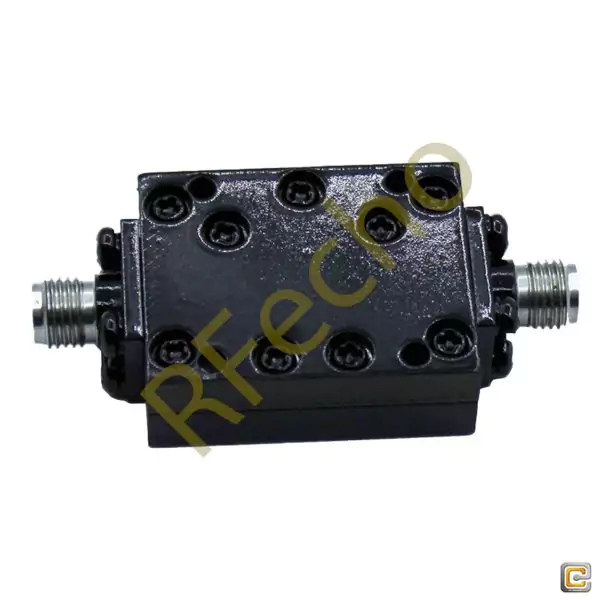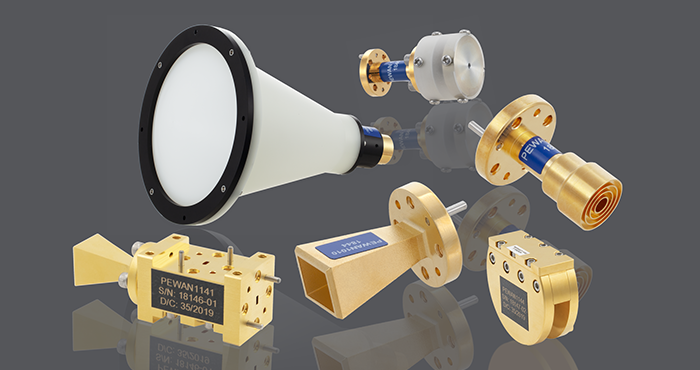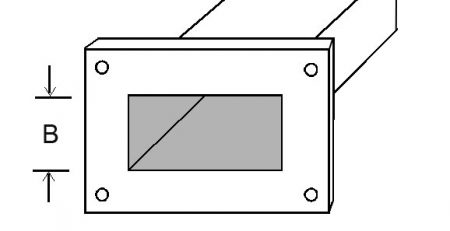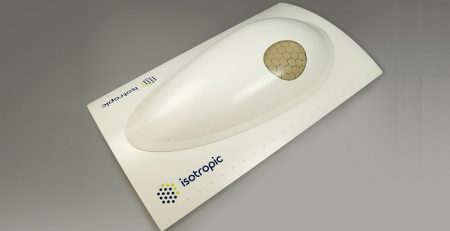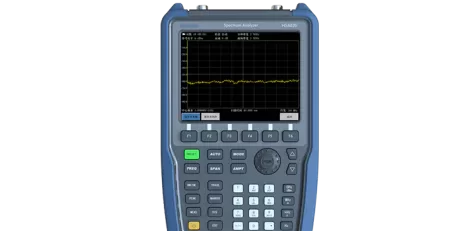Waveguide vs. Coaxial Cable: A Detailed Comparison for RF Engineers
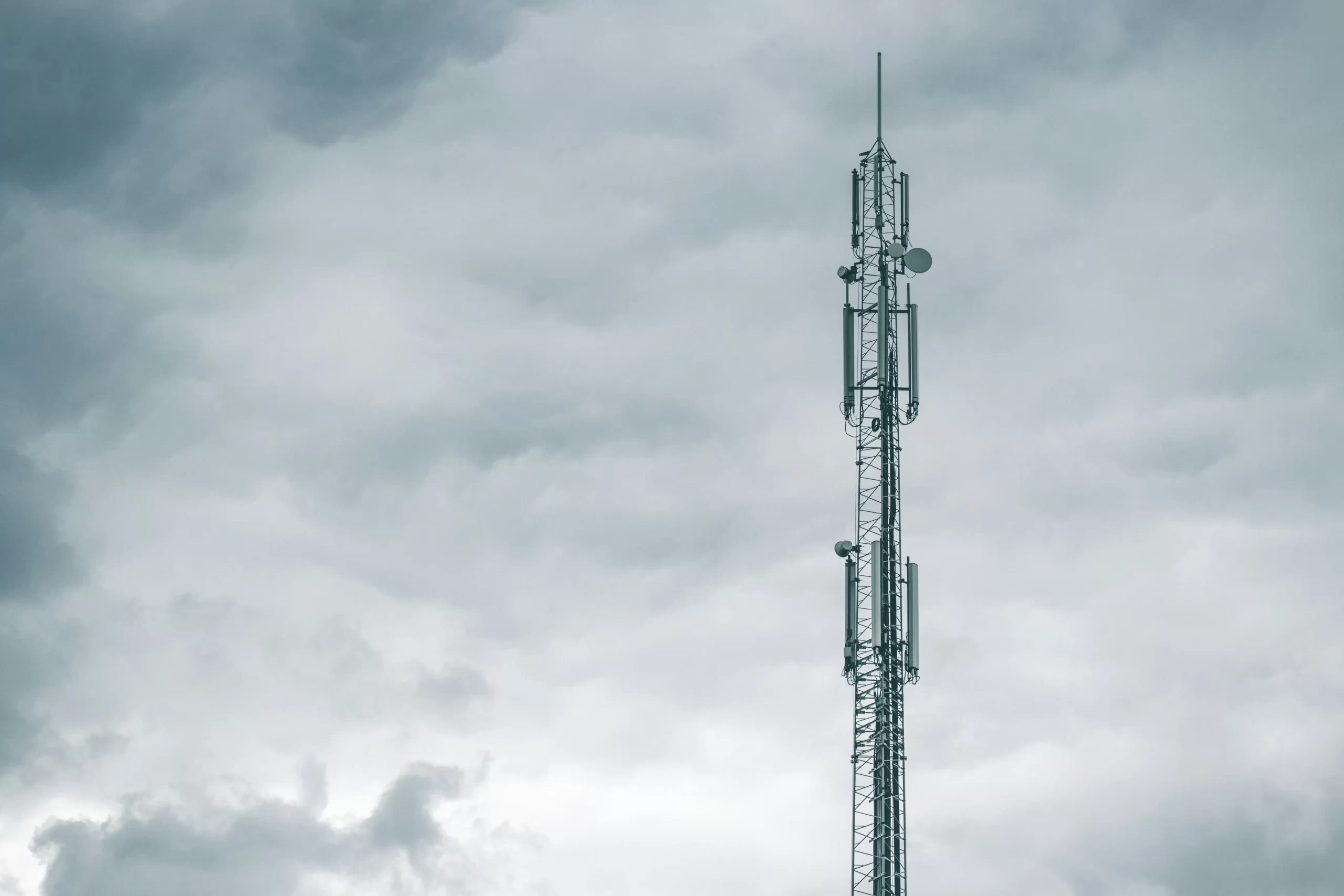
A Comparison of Waveguides and Coaxial Cables
Grasping the technical differences between waveguides and coaxial cables is vital. Here’s how they vary in form, frequency, and power strengths.
Structural Design and Material Composition
- Waveguides: Empty metallic tubes, often rectangular or round, crafted from copper, aluminum, or brass. They direct electromagnetic waves without a middle conductor.
- Coaxial Cables: A core conductor encircled by a shield, divided by an insulating layer—usually copper or aluminum with polyethylene or Teflon padding.
Waveguides stand out for stiffness, whereas coaxial cables provide adaptability. View coaxial choices like this OM-160FLEX.
Frequency Range and Signal Loss
- Waveguides: Suited for lofty frequencies (3 GHz to beyond 100 GHz), with minimal signal fade at millimeter-wave spans. They’re excellent for advanced systems.
- Coaxial Cables: Optimal for lesser frequencies (DC to 40 GHz). However, signal fade grows sharply past 20 GHz due to insulation and surface effects.
For lofty frequency demands, waveguides surpass coaxial cables.
Power Handling and Attenuation
- Waveguides: Manage substantial power (kilowatts) with slight fading, owing to their air-filled form and absence of insulation losses.
- Coaxial Cables: Restricted to modest power (hundreds of watts). They face greater fading from insulation warmth and conductor resistance.
Waveguides triumph in power-heavy tasks.
| Feature | Waveguide | Coaxial Cable |
| Structure | Empty metallic tube | Core + shield |
| Frequency Range | 3 GHz–100+ GHz | DC–40 GHz |
| Power Handling | Substantial (kilowatts) | Modest (hundreds watts) |
| Attenuation | Slight | Greater |
Application Scenarios
Deciding between waveguides and coaxial cables hinges on your task’s needs. Here’s when each excels.
When to Use Waveguides
- Radar Systems: High-power, low-fade waveguides match radar’s requirements. They ensure steady performance.
- Satellites: Light waveguides tackle lofty frequencies for space messaging. Their design aids efficiency.
- High-Frequency Systems: Millimeter-wave uses flourish with waveguides. They handle precision well.
Check waveguide options like this BG100-28.
When to Use Coaxial Cables
- Telecom: Coaxial cables bolster broadband and mobile networks effectively. They suit widespread use.
- Consumer Electronics: TVs and radios depend on their small, pliable build. It’s practical for homes.
- Short-Distance Transmission: Affordable coaxial cables serve brief spans. They’re cost-efficient here.
See coaxial items like this OM-102FLEX.
Cost and Installation Considerations
Funds and setup details heavily sway your pick. Let’s weigh these aspects.
Manufacturing Complexity and Price
- Waveguides: Tricky to craft due to exact standards, raising expenses. They’re a commitment for unique purposes.
- Coaxial Cables: Easier crafting keeps costs down. This makes them reachable for broad use.
Coaxial cables shine for budget-aware tasks.
Installation Flexibility
- Waveguides: Stiff and large, needing precise positioning and room. They’re tough in cramped spots.
- Coaxial Cables: Pliable and simple to guide. They’re great for tricky or tight setups.
Adaptability favors coaxial cables in most cases.
RFecho: Your Trusted Partner for Waveguide and Coaxial Solutions
RFecho emerges as a dependable source for RF parts, supplying fine waveguides and coaxial cables worldwide. With an emphasis on creativity and accuracy, they serve sectors like aerospace, telecom, and radar. Visit RFecho to browse their range and uplift your RF endeavors.
Conclusion
Waveguides and coaxial cables each offer distinct advantages to RF engineering. Waveguides thrive in substantial-power, lofty-frequency uses like radar and satellites. Conversely, coaxial cables fit pliable, affordable setups in telecom and home tech. Review your task’s frequency, power, and funding needs to decide smartly. With the right part, your RF setup will run at its finest.
FAQs About Waveguides and Coaxial Cables
Here are replies to frequent queries RF engineers pose, weaving in fish plate types where fitting.
Can Coaxial Cables Handle Millimeter-Wave Frequencies?
No, coaxial cables falter at millimeter-wave frequencies (above 30 GHz). Signal fade surges due to insulation limits. Waveguides, much like tailored fish plate types for railways, suit these spans better.
Why Are Waveguides Preferred for High-Power Radar Systems?
Waveguides manage hefty power with slight fading, making them perfect for radar. Their build, akin to sturdy fish plate types like high-strength alloys, handles intense energy without failing.
How Do I Choose Between Waveguide and Coaxial Cable for 5G Infrastructure?
It rests on your layout. Waveguides fit lofty-frequency, hefty-power 5G stations, similar to picking specific fish plate types for heavy rail burdens. Coaxial cables suit briefer, pliable links in less taxing zones.
Are Waveguides More Durable Than Coaxial Cables?
Yes, waveguides resist wear in harsh conditions due to their solid metal build. Coaxial cables, while versatile, degrade faster under high power or frequency, unlike durable fish plate types.
References:
- Advanced Microwave Technologies. 2025. What is the difference between a Rectangular Straight Waveguide and a coaxial cable?
- RF Wireless World. Difference Between Waveguide and Coaxial Line.

